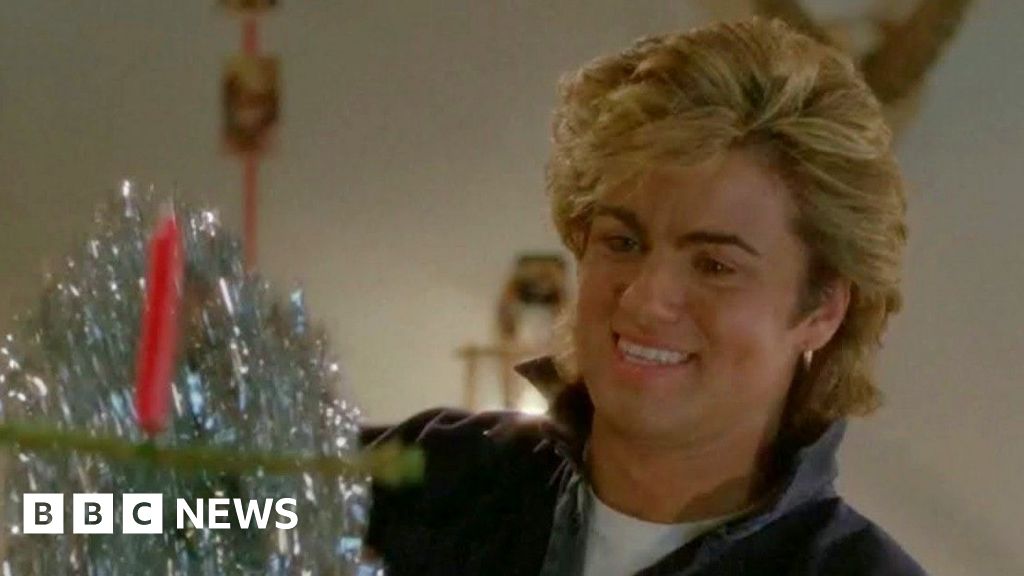Though Nickel Boys is a film about the abuse that Black children suffered at a brutal reform school in the Jim Crow South, it never shows graphic abuse onscreen.
Director RaMell Ross said that was on purpose. In making this film, he told Yahoo Entertainment that he reflected on years of depictions of brutal violence against people of color in TV and film and wondered who those images were really for.
“We knew before that they were to raise awareness and to provide actual visual stimulation as to the horrors,” Moss said. “But we have those images in our head already.”
The movie is based on a 2019 Pulitzer-winning novel by Colson Whitehead, which was based on the experiences of boys at Florida’s Dozier School for Boys. It operated for more than 100 years despite its reputation of abuse, beatings, rapes, torture and killings of students by staff before its closure in 2011.
The film shows the places where boys were beaten and abused. It shows the terror and anticipation of violence and the emotional struggle to overcome that trauma, both for the people it was inflicted on and the people who saw its aftermath in their peers. It shows hospital stays, hushed conversations and headlines about mass graves — but no graphic violence.
“That is just the beginning of trauma,” Ross said of the abuse at the school, which is named Nickel Academy in the film. “Trauma — that violence ripples forever. How do you not over-index on that visuality to almost foreclose it to that space?”
Brandon Wilson in Nickel Boys. (MGM/Courtesy of Everett Collection)
Daveed Diggs plays the adult version of the film’s protagonist who’s looking back on his traumatic time at the reform school as society begins to uncover the extent of the abuse he endured. Diggs told Yahoo Entertainment that in avoiding visuals of graphic violence, the film considers how the people who physically deal with it also contend with the memories moving forward. It’s a “memory play.”
“If you’re in a situation where something horrible is happening, you’re closing your eyes. You’re looking away. You’re doing things to try to not have it burned into your retinas,” he said. “You’re still catching things anyway. A lot of it is sound.”
Whitehead’s novel is a sparse 224 pages without elaborate descriptions. Ross’s film is extravagantly visual. The audience sees most of the film through the eyes of its hopeful protagonist, Elwood — looking through him instead of at him, and seeing what he sees. At some points, it switches to the point-of-view of his friend at Nickel Academy, the more hardened Turner.
Ethan Herisse in Nickel Boys. (MGM/Courtesy of Everett Collection)
Ethan Herisse, who plays Elwood, told Yahoo Entertainment that finding connections to his character was important for his portrayal.
“My entry point was the love that [his grandmother] raises him with,” he said. “I was also able to connect with his outlook on the world and his optimism — or naivete, whatever you want to label it … I admired his bravery, his grace and his intelligence and just tried to portray those characteristics as honestly as possible.”
Ross said he saw the book as “the best architecture ever” and that’s “full in its own way, in a literary sense.” He drew from his own experience to fill in the gaps in imagery.
“I just thought about myself as Elwood and Turner, essentially,” he said. “I’m fortunate enough to be a Black boy, and so every image that I’ve ever seen has been from my point of view, and that’s the language of the film. Every moment I’ve encountered is relevant to the production of their lives in cinema.”
Nickel Boys is now playing in select theaters.

 Movie
Movie 4 days ago
18
4 days ago
18 




![Presidents Day Weekend Car Sales [2021 Edition] Presidents Day Weekend Car Sales [2021 Edition]](https://www.findthebestcarprice.com/wp-content/uploads/Presidents-Day-Weekend-car-sales.jpg)



 English (United States)
English (United States)